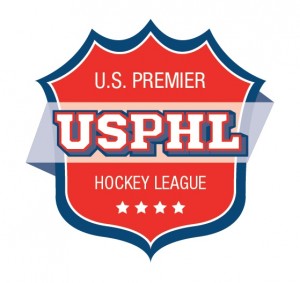Mission Statement: Sorting through the madness of junior hockey marketing

Having worked with 16- and 18-year-old players now for so many years, I have seen a dramatic change in the intensity and increased amount of junior hockey recruiting and prospects camps, which are adding both pressure and confusion to the process for youth parents and players.
With the increased number of junior leagues and teams, opportunity is at an all-time high. At the same, time there is pressure to fill out rosters, make money and keep franchises profitable.
Junior team owners want to make sure their investments are worthwhile. This means full rosters and profit-making prospect camps to help keep so many teams running.
What this means is more and more marketing to a wider range of talents and levels of play. For example, I have seen a significant increase at the Tier II level by many leagues to attract these players to camps and pre-tryouts. They are casting a bigger net to a wide range of players hoping to draw some in and help make some money. Each year, I have seen more and more of these camps and it is getting tougher and tougher to sort through all of it, let alone set the proper expectations for both players and parents.
I have watched too many parents travel and spend thousands of unnecessary dollars running from camp to camp because they received a letter or a coach sold them on the opportunity. I encourage everyone to take a step back.
There are many junior leagues and programs that are illustrating the utmost integrity in this process. Unfortunately, I see more and more trying to take advantage of the excitement and lack of education of players and parents.
Here is some advice:
1. Your coach should be involved hand in hand with the process. Going it alone is like going to court without a lawyer. Make sure your coach is directly involved. I can tell you firsthand – I have been involved with placing kids for 15 years, and the ones that go at it alone have almost never worked out. Players need someone in their court to hold junior coaches accountable.
2. Don’t be afraid to respectfully ask questions. Common sense questions like “How many kids will be there at this tryout?” and “What is the status of open spots on the roster?” and lastly, “Where are kids moving to once they play here?” It is OK to ask questions.
3. Make sure they have actually seen you play. I always have my players ask the scout where they saw our team play. This is an easy way to separate out at the beginning. I have literally had kids get offered through texts with coaches having never seen them play.
4. Be realistic. I never want to take away from a kid’s dream, but sometimes the level of the league just doesn’t match up with the player’s level. You have to be honest with where you are at this point. I have had to have the tough conversations with kids who are excited about receiving a camp letter from a league that is way above their abilities. Use your coach in this process to help navigate it.
I put a lot of emphasis and responsibility on the coaches to make sure players are going through this process with the knowledge and education they need. It can be overwhelming and very expensive if players get caught up in the swirl.
I personally use about seven different coaches and leagues as a range to where our players’ level of play bests suits the opportunity. I take it upon myself to open the door for the player and put them in a spot where they have the ability to succeed and get the most out of the junior experience.
Jeremy Goltz is the director of hockey operations for Mission Arizona.









